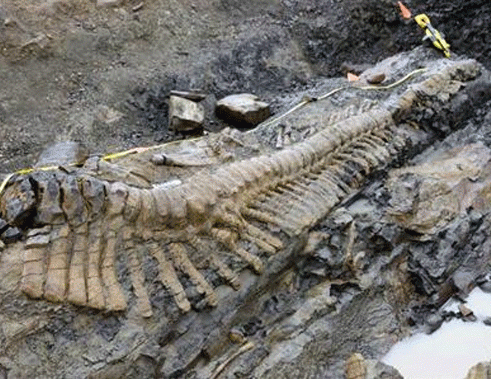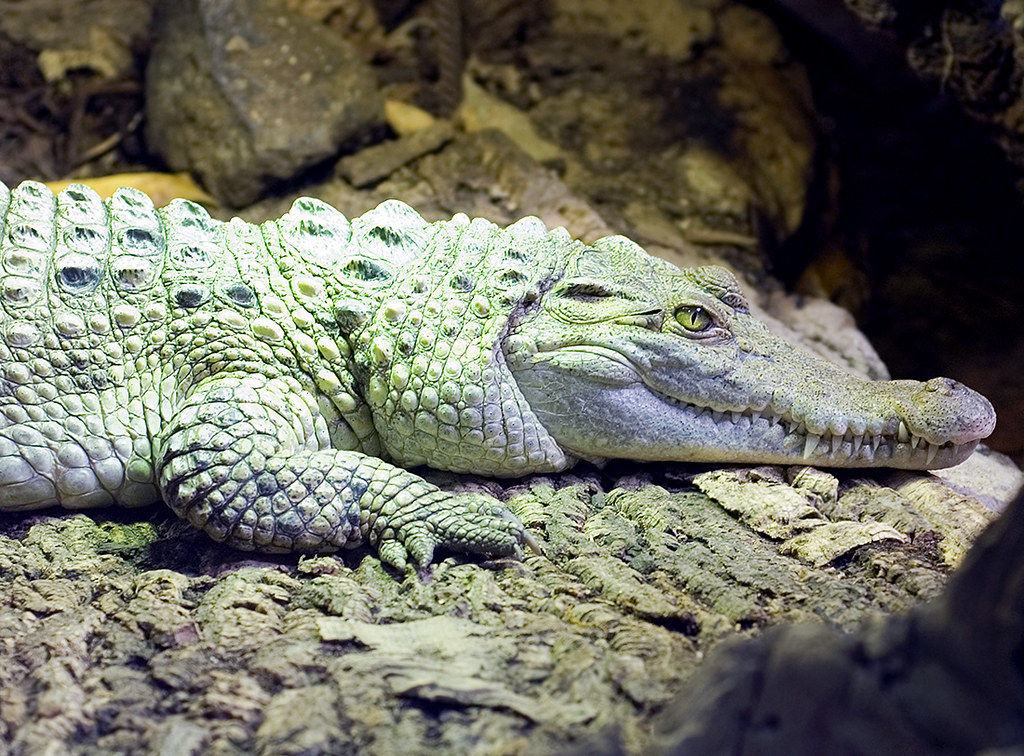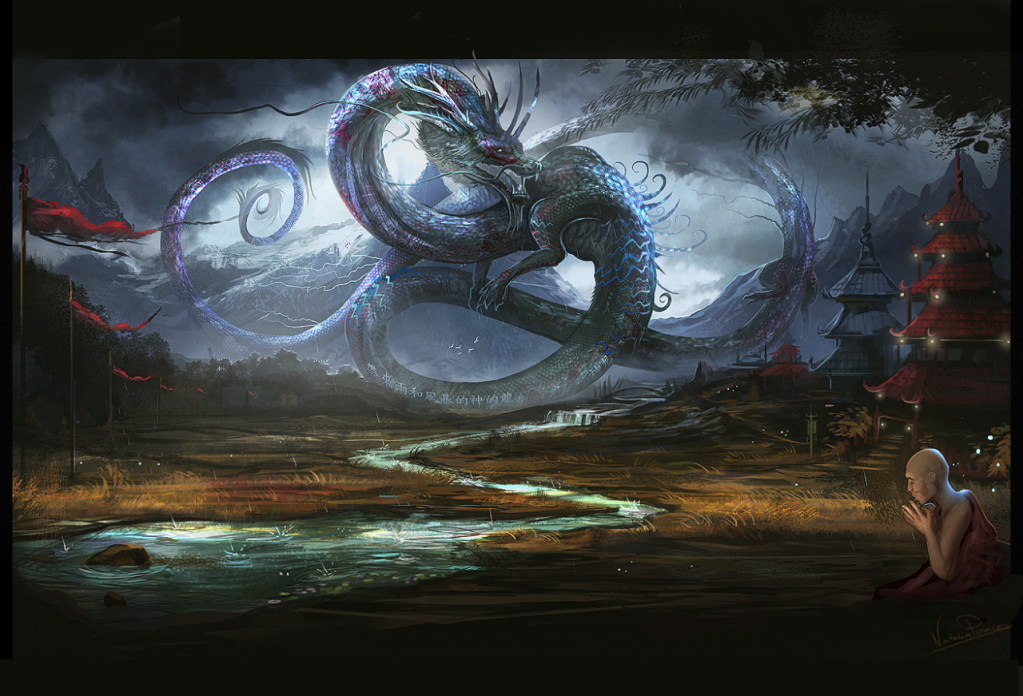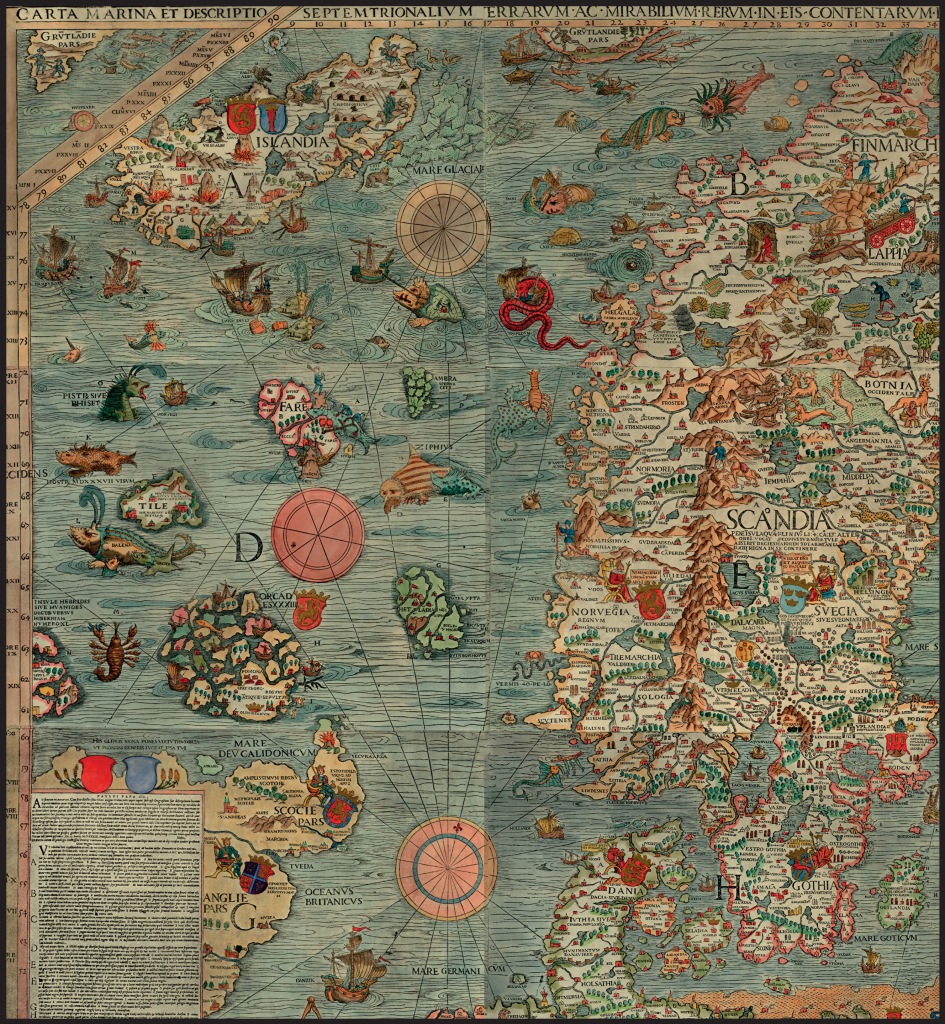
The Aqrabuamelu are creatures with the torso of a man and body, legs, and stinger of a scorpion. These hybrid monsters had huge arching tails ending in stingers filled with deadly venom. Legends tell of their proficiency for archery, stating every arrow shot was fatal. The Mesopotamians believed these creatures to be guardians to the gates of heavens.

These creatures are said to have first been created by Tiamat in order to wage war on the other gods for the murder of her mate Apsu. In the Epic of Gilgamesh, they stand entrance to the mountains of Mashu and the land of darkness.
So what inspired this strange creature?

The origin of this chimeric creature has been debated greatly over time. There are several theories as to what the “Scorpion Men” mean.
Some historians see the combination of the human man with the creature represents the duality of human nature. The creature has the body of a human, representing the rational and civilized aspect of humanity. The tail represents the wild and untamed aspect of humanity.
Others believe that Aqrabuamelu may have been based on a real creature that was found in the region. One animal that could have inspired this creature could be a giant eurypterid.
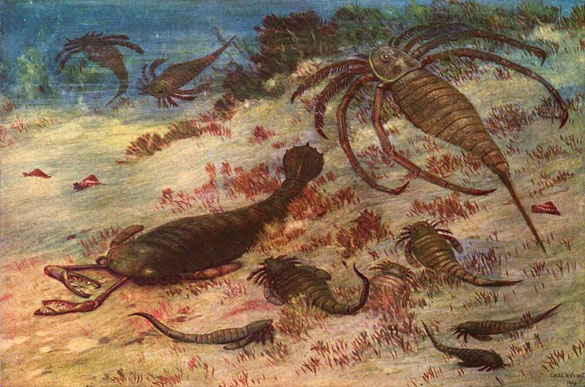
Eurypterids- often informally called sea scorpions – are an extinct groups of arthropods that lived over 460 million years ago. There are around 250 species of Eurypterids with the largest reaching up to 2.5 meters in length.
Eurypterids have segmented bodies and jointed appendages covered in chitin. The creatures have six pairs of appendages around the face as well as a large telson. While the telson looks like scorpion’s stinger, the telson is the last segment of an arthropod’s body and is often modified for swimming.

These creatures often lived in brackish water and are not true scorpions. They could go out onto land for short periods of time, but would need to return to the water to survive.
Eurypterid fossils are mostly found in North America and Europe but have been found on every continent, including Western Asia and Northern Africa, where the myths originate.

However these strange creatures originated, the stories of Scorpion Men have endured and are now seen in popular movies and played by Dwayne “the Rock” Johnson.
Sources:
Aqrabuamelu – the mysterious scorpion men of Babylon. (2023, March 24). MRU. Retrieved August 27, 2023, from https://mysteriesrunsolved.com/aqrabuamelu-mysterious-scorpion-men-of-babylon/
Braddy, Simon J.; Dunlop, Jason A. (1997). “The functional morphology of mating in the Silurian eurypterid, Baltoeurypterus tetragonophthalmus (Fischer, 1839)”. Zoological Journal of the Linnean Society. 120 (4): 435–461.
Lloyd, E. (2023, July 22). Aqrabuamelu – Mysterious Scorpion men in babylonian mythology. Ancient Pages. https://www.ancientpages.com/2016/01/19/aqrabuamelu-mysterious-scorpion-men-babylonian-mythology/
Mesibov, Robert. “Tail”. External Anatomy of Polydesmida. Retrieved 4 November 2013.
O. Erik Tetlie (2007). “Distribution and dispersal history of Eurypterida (Chelicerata)” (PDF). Palaeogeography, Palaeoclimatology, Palaeoecology. 252 (3–4): 557–574.
























